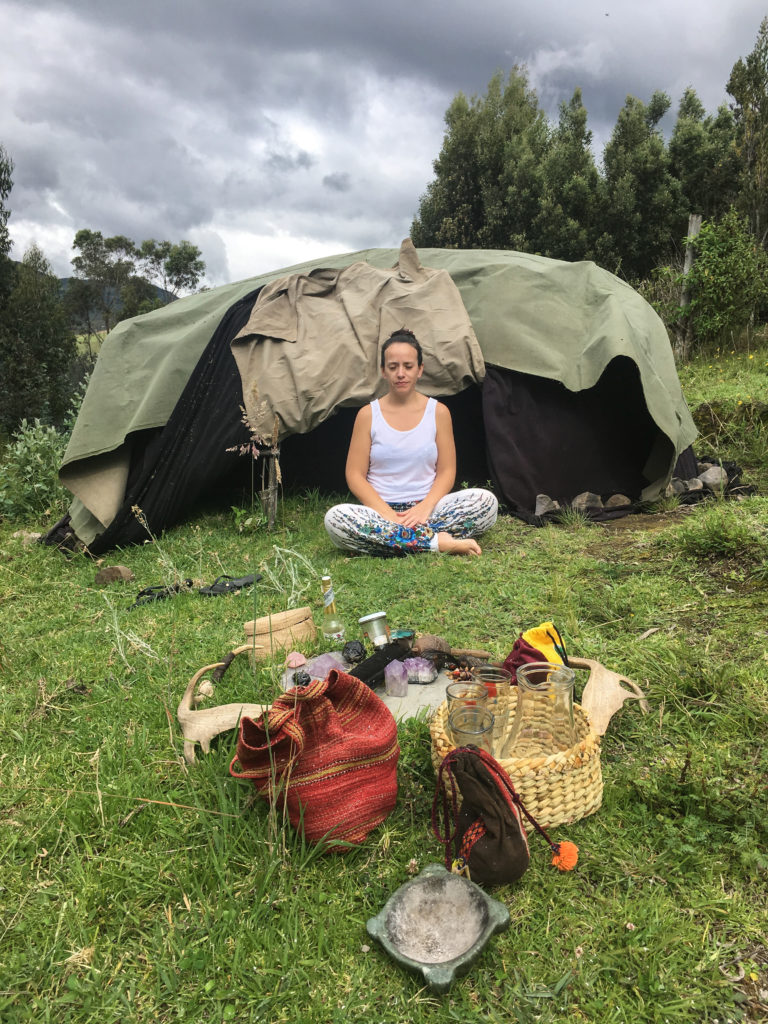We’ve made it! It’s the last week of content for this course, wahooo!
But of course, before we wrap up, a few friendly reminders of upcoming due dates.
Group Discussions
Group Discussion #6 is due Sunday, April 26th and will cover the topics of Yoga and Indigenous Healing
Midpoint Self- and Peer- Reflection is also due on Sunday, April 26th via iCollege Assignments
Make sure you read the assignment details and understand my expectations for comments on your self- and peer- participation. Reflections that lack detail, or indicate participation by students that were clearly not present, will be returned and a “zero” assigned until the issues are remedied.
Turn the reflection into individual assignment on iCollege.
Reflection Journals
Make sure you’ve posted all of your reflection journal entries by Monday, April 27th. There should be four new entries since classes restarted on March 30th.
If you’d like to make-up for a previously missed reflection, I encourage you to write an additional reflection about the connections you see to the COVID-19 pandemic and topics that we’ve covered in this course. Make sure that your entries are thoughtful and engaged with material that we’ve covered in the course, not simple summaries of your experience.
Course Reflection Paper
The course reflection paper is due Sunday, May 3rd.
You can find details of the reflection assignment here. Submit your reflection paper as your final entry in your reflection journal (and make sure to title it appropriately!).
April 20 – April 26 // Indigenous Healing and Neoshamanism
This week, our readings parallel those of our last few weeks: first a reading that documents the ethnic and cultural community out of which an alternative healing method arises, and a second reading that discusses the same (or similar) healing modality within the context of the Holistic Health and New Age movements — almost always practiced by middle-class white Americans.
Dr Maria Yellow Horse Brave Heart, on her lecture “Historical Trauma: Understanding the Past, Empowering for the Future”
“Native American Medicine” provides important historical context, that of colonization of the western hemisphere and systematic genocide and forced assimilation of Indigenous communities by European-Americans, and how this Intergeneration Trauma effects the health outcomes of current Indigenous Americans. It also discusses the important relationship between Retraditionalization and individual and communal healing for these communities.
“The New Age Sweat Lodge” discusses just that: the history, typical ritual pattern, and the “healing logic” that informs the use of the ceremonial sweats when practiced within the New Age movement, as well as many of the criticisms aimed at the appropriation of this healing ritual.
“Native American Medicine: The Implications of History and the Embodiment of Culture”, Wendy M. K. Peters, Julli M. Green, and Pilar E. Gauthier (pg 172-195) – iCollege
- What do Indigenous cosmologies (creation stories) reveal about their culture, rituals, and worldview? To their understanding and approach to healing and wellness?
- How has colonization of the western hemisphere affected the health outcomes of Indigenous communities?
- What is “Soul Wound”?
- What are some of the symptoms of Intergenerational Trauma?
- Why is historical context so important for understanding how Intergenerational Trauma impacts Indigenous peoples?
- Why was Maria Yellow Horse Brave Heart’s research on Intergenerational Trauma so groundbreaking? How did it transform care within Indigenous communities?
- How do the course themes of resistance appear in this article?
- What is the relationship between Retraditionalization and healing? How is healing defined in this context?
- Why is cultural competency within the biomedical healthcare system so important in relation to the care of Indigenous peoples?
- What are some examples of culture-based interventions?
- What is the relationship between healing and religion in Indigenous communities? Why might they be hesitant to share insight and information about their cultural practices?
“The New Age Sweat Lodge”, William M. Clements, (pg 143-162) – iCollege
- What are some of the features of New Age sweat lodges? Why do some of the New Age communities feel the need to keep their “sweat” locations secret?
- What is a standard pattern for a New Age sweat lodge? (What is the typical “formula” of the ritual?)
- What critiques have been leveled at the New Age appropriation of sweat lodges?
- What function do Sweat Lodges play within Indigenous communities?

- In what ways is the New Age appropriation of the Sweat Lodge ritual ceremony harmful to Indigenous communities?
- Why aspects of the Lakota Sweat Lodge ceremony lend it to particularly “easy” reinterpretation by New Age communities, as opposed to other forms of Indigenous healing?
- What themes in the Sweat Lodge ceremony parallel the spiritual sensitibilies of New Age movement?
- In the New Age sweat lodge context, how is “healing” defined? What is healed? How is it healed?
- What socio-historical contexts inform the “healing logic” of the New Age sweat lodge?
Vocabulary:
-
- Monism
- Cosmology
- Historical Trauma / Intergenerational Trauma
- Soul Wound
- Manifest Destiny
- Epigenetics / Memetic transmission
- Retraditionalization
- Culture-based Intervention
- Medicine people / Shaman
- Biopsychosocial
- Sweat Lodge
- Plastic Medicine Man
- “Playing Indian”
- Noble Savage
- Humoralism
- Rite of Passage
- Communitas
- Mother Earth Ceremonies / Earth People philosophy
- Healing Logic

